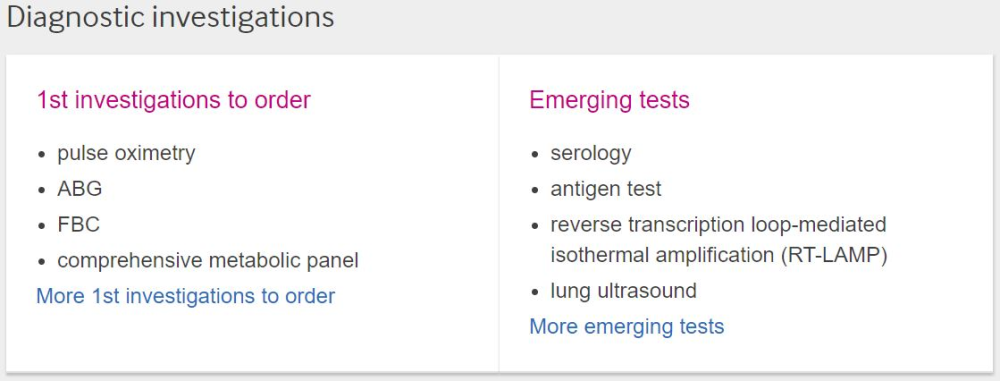Authors: Nurshad Ali 1
The outbreak of coronavirus disease‐2019 (COVID‐19) is an emerging global health threat. The healthcare workers are facing challenges in reducing the severity and mortality of COVID‐19 across the world. Severe patients with COVID‐19 are generally treated in the intensive care unit, while mild or non‐severe patients treated in the usual isolation ward of the hospital. However, there is an emerging challenge that a small subset of mild or non‐severe COVID‐19 patients develops into a severe disease course. Therefore, it is important to early identify and give the treatment of this subset of patients to reduce the disease severity and improve the outcomes of COVID‐19. Clinical studies demonstrated that altered levels of some blood markers might be linked with the degree of severity and mortality of patients with COVID‐19. 1 , 2 , 3 , 4 , 5 Of these clinical parameter, serum C‐reactive protein (CRP) has been found as an important marker that changes significantly in severe patients with COVID‐19. 3 CRP is a type of protein produced by the liver that serves as an early marker of infection and inflammation. 6 In blood, the normal concentration of CRP is less than 10 mg/L; however, it rises rapidly within 6 to 8 hours and gives the highest peak in 48 hours from the disease onset. 7 Its half‐life is about 19 hours 8 and its concentration decreases when the inflammatory stages end and the patient is healing. CRP preferably binds to phosphocholine expressed highly on the surface of damaged cells. 9 This binding makes active the classical complement pathway of the immune system and modulates the phagocytic activity to clear microbes and damaged cells from the organism. 7 When the inflammation or tissue damage is resolved, CRP concentration falls, making it a useful marker for monitoring disease severity. 7
The available studies that have determined serum concentration of CRP in patients with COVID‐19 are presented in Table 1. A significant increase of CRP was found with levels on average 20 to 50 mg/L in patients with COVID‐19. 10 , 12 , 21 Elevated levels of CRP were observed up to 86% in severe COVID‐19 patients. 10 , 11 , 13 Patients with severe disease courses had a far elevated level of CRP than mild or non‐severe patients. For example, a study reported that patients with more severe symptoms had on average CRP concentration of 39.4 mg/L and patients with mild symptoms CRP concentration of 18.8 mg/L. 12 CRP was found at increased levels in the severe group at the initial stage than those in the mild group. 1 In another study, the mean concentration of CRP was significantly higher in severe patients (46 mg/L) than non‐severe patients (23 mg/L). 21 The patients who died from COVID‐19 had about 10 fold higher levels of CRP than the recovered patients (median 100 vs 9.6 mg/L). 16 A recent study showed that about 7.7% of non‐severe COVID‐19 patients were progressed to severe disease courses after hospitalization, 3 and compared to non‐severe cases, the aggravated patients had significantly higher concentrations of CRP (median 43.8 vs 12.1 mg/L). A significant association was observed between CRP concentrations and the aggravation of non‐severe patients with COVID‐19 [1], and the authors proposed CRP as a suitable marker for anticipating the aggravation probability of non‐severe COVID‐19 patients, with an optimal threshold value of 26.9 mg/L. 3 The authors also noted that the risk of developing severe events is increased by 5% for every one‐unit increase in CRP concentration in patients with COVID‐19.
For More Information: https://www.ncbi.nlm.nih.gov/pmc/articles/PMC7301027/
